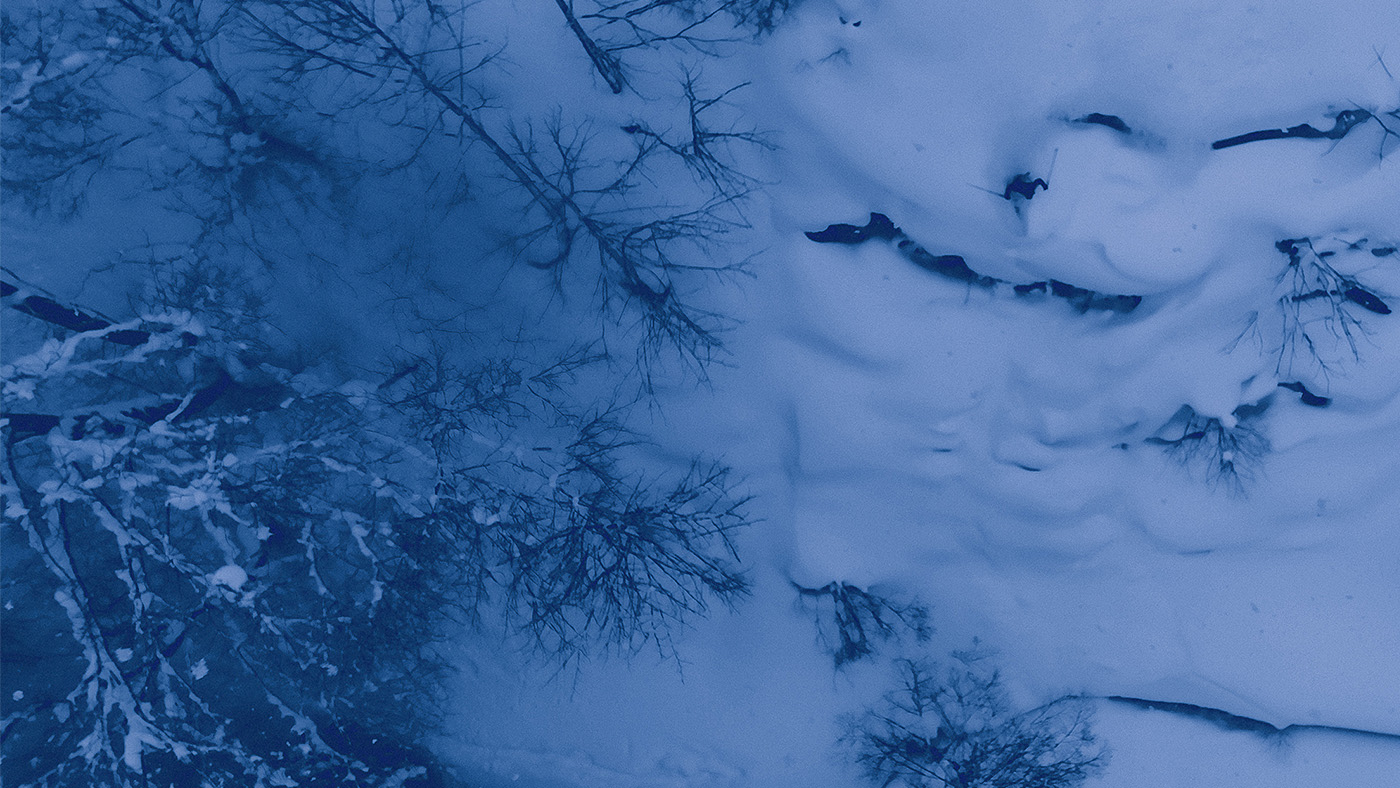Giro in Hakuba: Powder, Culture, and Connection in one of Japan’s Deepest Winters
In February 2025, the Giro Snow team touched down in Hakuba Valley, Japan. Hakuba is a place that lives in the minds of skiers and snowboarderyoutube.com/watch?v=hnWw0eQv0F4&embeds_widget_referrer=https%3A%2F%2Fwww.giro.com&embeds_referring_euri=https%3A%2F%2Fwww.giro.com%2F&embeds_referring_origin=https%3A%2F%2Fwww.giro.com&source_ve_path=OTY3MTQs as something of a dream. A crew of Giro athletes — Quinn Wolferman, Maggie Voisin, Spencer O’Brien, Sean Miskiman, and Bryan Fox — came together not for competition, but for what unites us all: the pure joy of riding together in incredible snow.
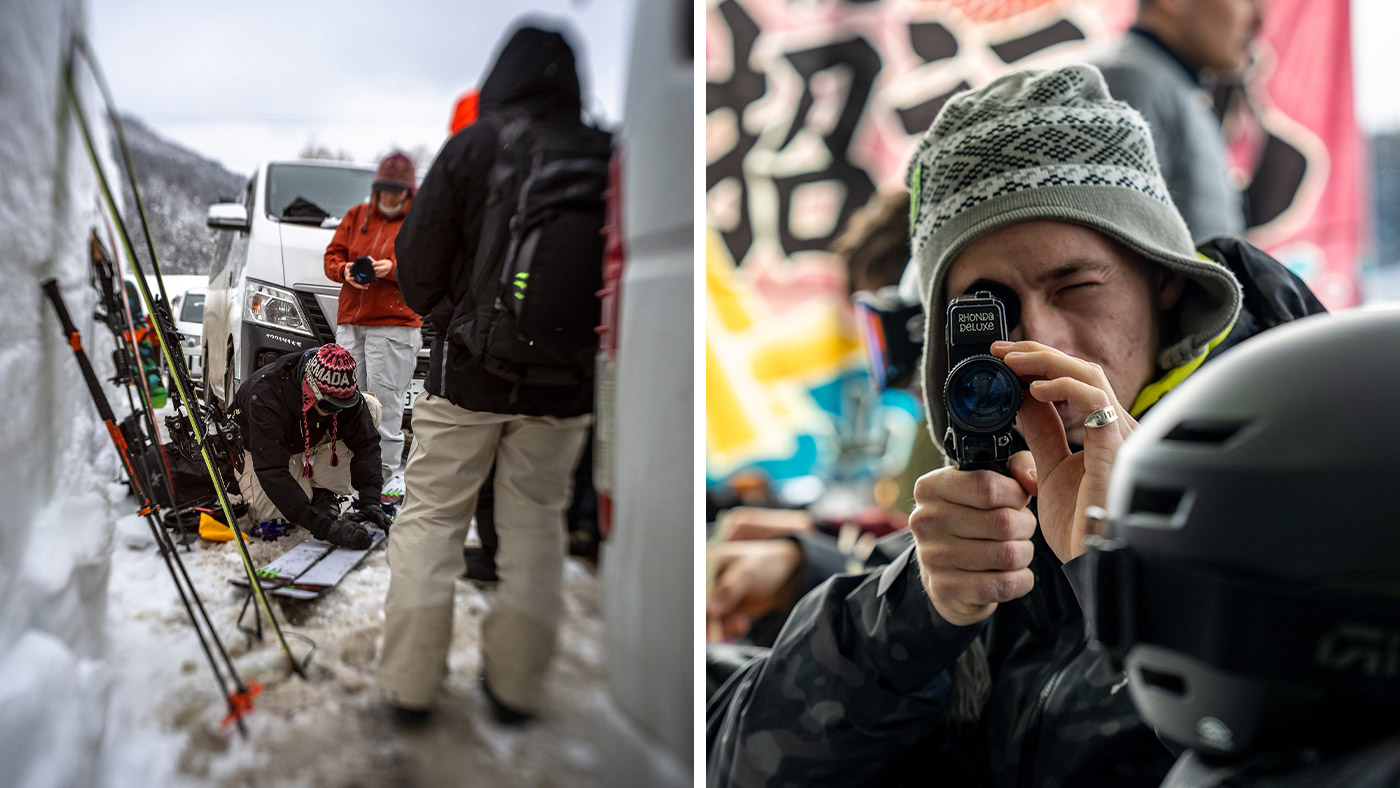
Our home base was the Kodama Lodge, a cozy ski lodge tucked between the mega-resorts of Tsugaike and Cortina, just steps away from the more local, laid-back slopes of Norikura. Run by ex-pro snowboarders Simon and Gigi, Kodama quickly became our haven. Filled with warm meals, onsen sessions, and the kind of genuine Japanese hospitality that turns a trip into a lifelong memory.
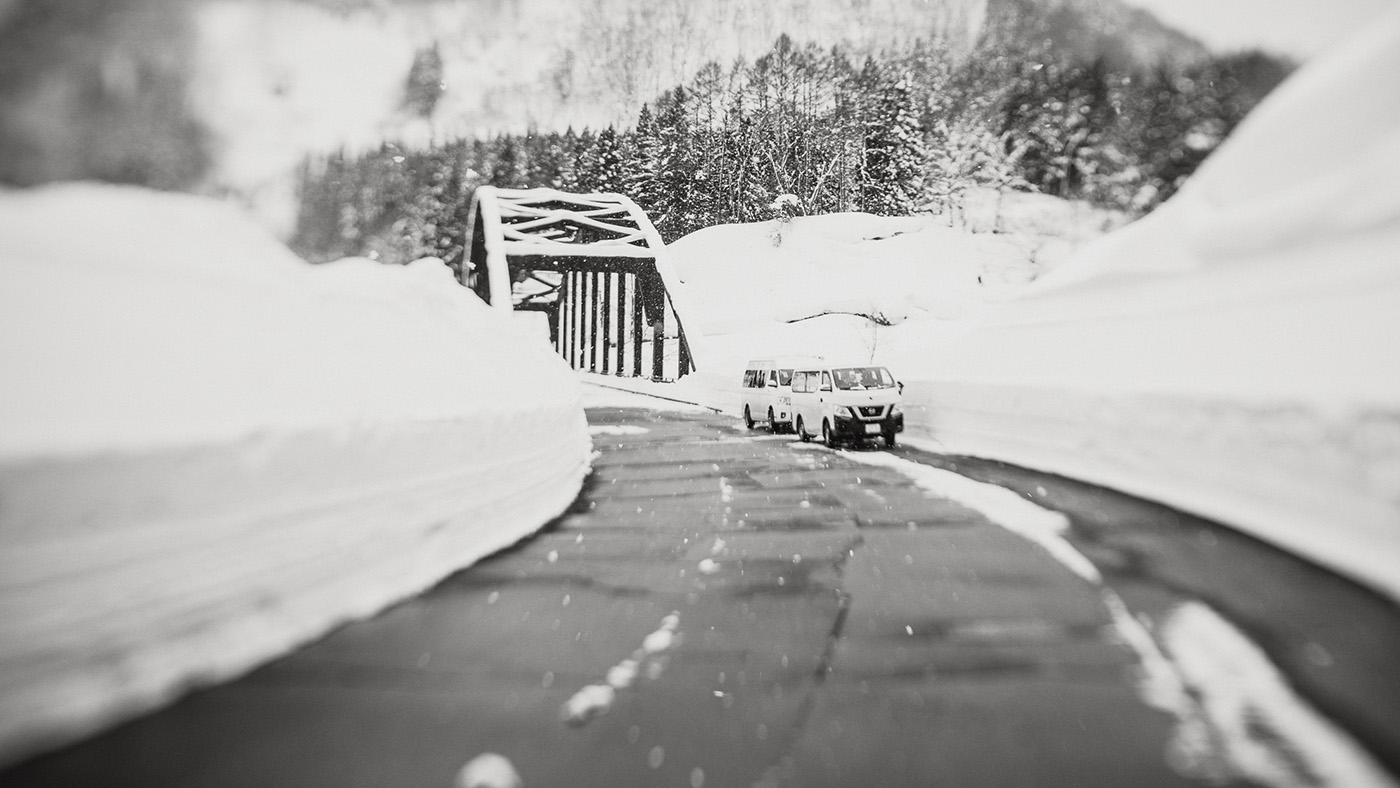
But the real headline? The snow.
Simon and Gigi told us it was the deepest storm cycle they’d seen in a decade and it lived up to the claim. It dumped over 80 centimeters a day for nearly five straight days. Every turn was bottomless, every face shot endless. Whether lapping Norikura’s trees or finding roadside features between villages, the stoke never dipped.

Then came a night none of us will forget - a private session at Cortina Resort under a canopy of incandescent lights. Just our team, the mountain to ourselves, and snow falling so fast it looked like a never-ending faucet of powder. The glow of those old lights, the silence between turns, and the laughter echoing through the trees made it feel almost surreal. Truly a once-in-a-lifetime experience shared between friends who live for these moments.

Each day followed a rhythm of ride, eat, soak, repeat. A rare balance of adventure and reflection. Off the mountain, the team spent time talking about the future of Giro: refining fits, materials, and graphics that will define the Winter 25/26 collection and beyond. These late-night brainstorms over ramen and Asahi Dry reminded us why we do what we do — to design gear that performs when it matters most.
From Quinn’s Method goggles and Ledge helmet, to Spencer’s Jackson and Ella setup, Sean’s Owen and Axis, Maggie’s Owen and Contour, and Bryan’s trusted VIVID lenses, each piece of gear was put to the test and delivered in conditions few will ever bes so lucky to experience.
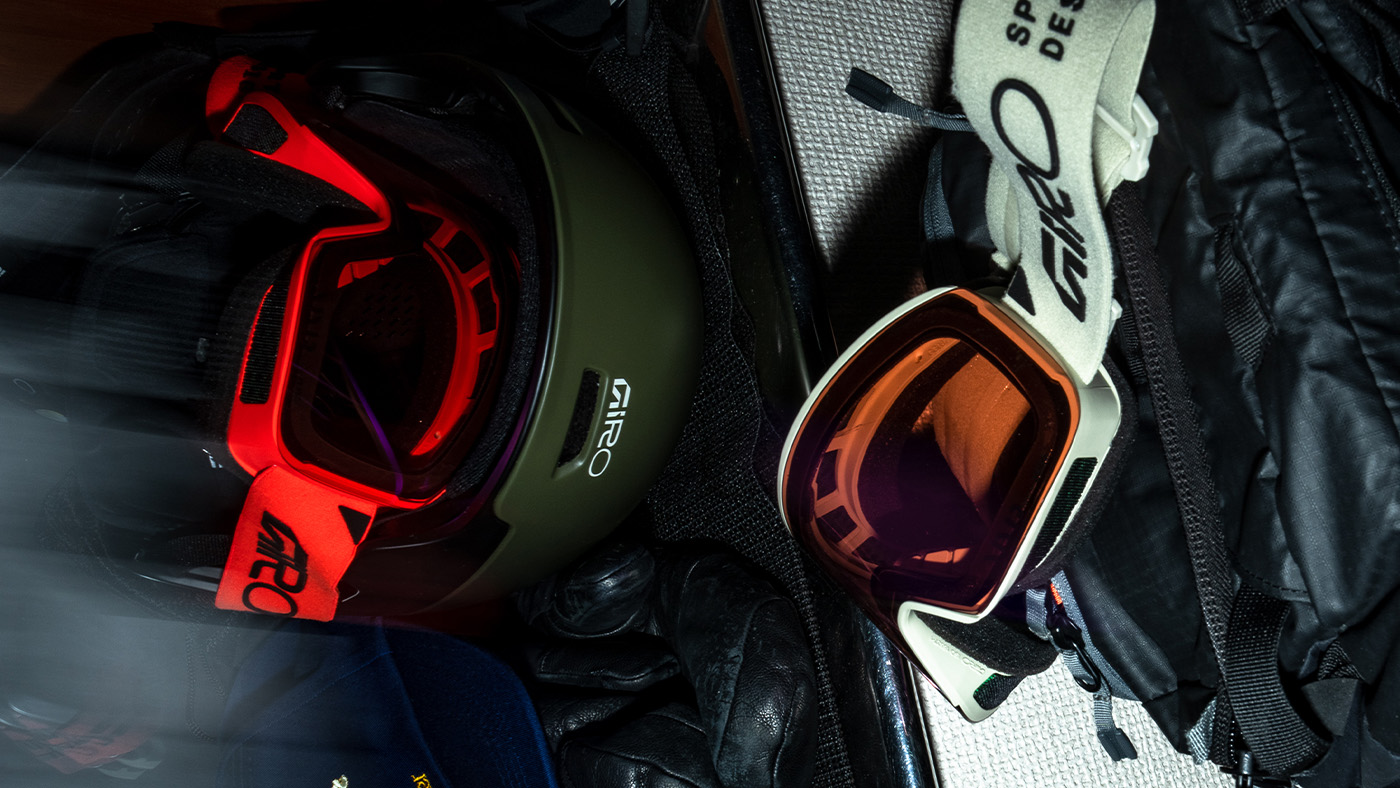
When the backcountry snowpack grew too unstable, we stayed close to the resorts — chasing light, hitting classic roadside spots, and exploring the charming villages (and of course 7-Elevens and Lawson’s scattered through the valley — jury is still out on our favorite snacks). The film and photos from the trip capture the essence — the deep turns, quiet culture, and the shared energy that defines our team.
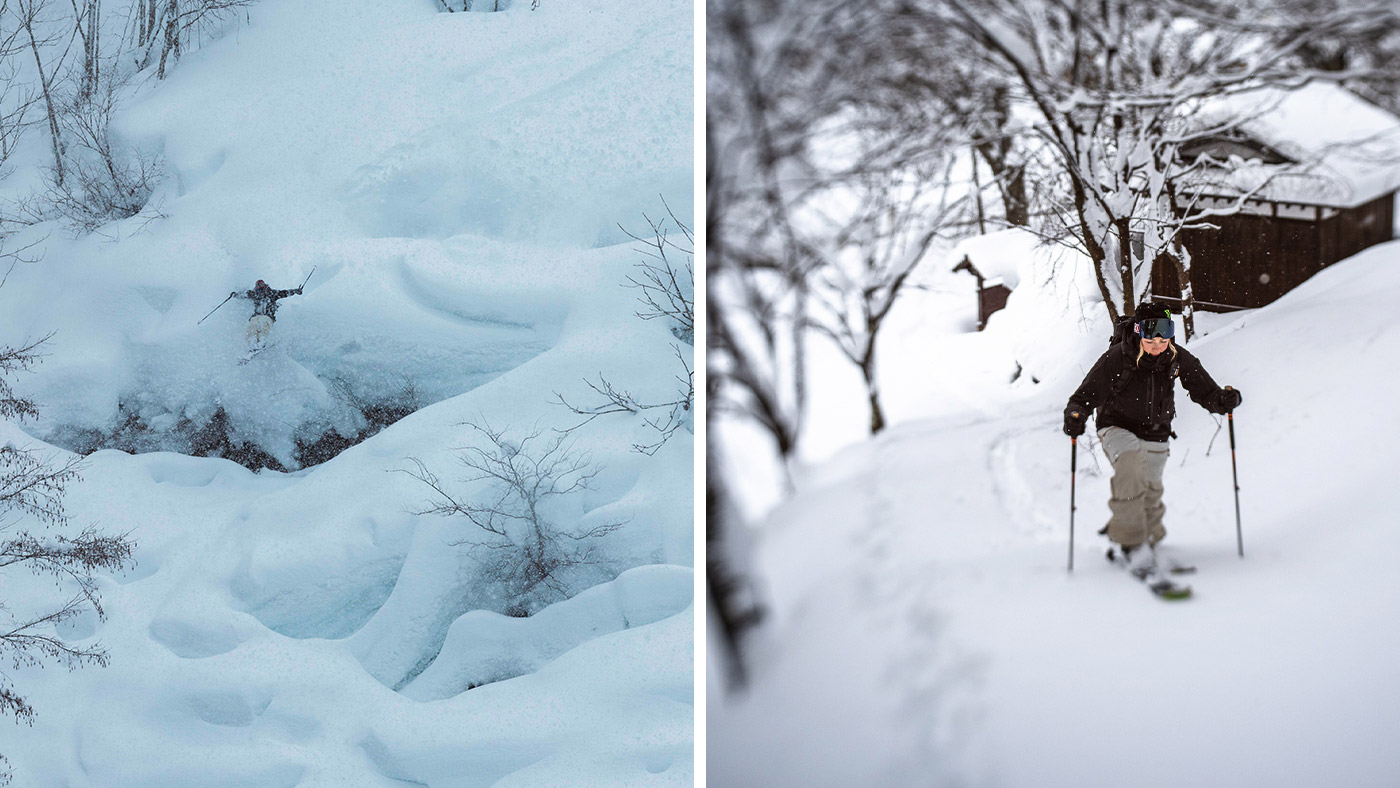
Hakuba reminded us why we do this. Why Giro continues to evolve, design, and obsess. Because when it’s this deep, this pure, and this unforgettable, it’s more than riding. It’s a reminder of what it means to be Designed for Sport.